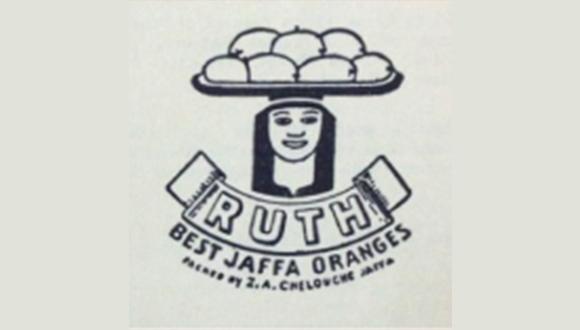Jaffa Oranges
A brand was born!
Citrus was the main agricultural industry during the Mandate, and the leading export, and especially the Shamouti oranges, with their juicy taste, fewer seeds, and thicker peel than other kinds. The first groves were planted in the late 19th century near Jaffa, and exports began, mostly to neighboring countries. With the advancement of global trade and technological advancements in shipping, new markets opened, with an orange rush to follow. Local growers shipped their products via the Jaffa Port (and later, in the 1930s, also via Haifa Port). They wrapped the citrus with thin paper, a drawing, and the words JAFFA ORANGES, and at times inked the brand on the organs themselves.
JAFFA ORANGES was a brand but was not a registered trademark. It was open to all for use, serving as a de facto collective mark and a certifying mark, even though these categories were not part of the local trademark law, neither was it a geographical indication. However, it was popular, and it worked.
The contents of the citrus-related marks are fascinating to explore: The local traders located in Jaffa, tried hard to imagine how their European consumers thought of the Mediterranean fruit. The result was often orientalist images, but often with a local twist. The image produced below was one of six trademarks applied for by Zadok Avraham Chelouce, named after his daughter, Ruth.
Explore the reconstructed registry to see the use of the brand, or, under the relevant classes – class 42 under the 1921 Ordinance and class 31 under the 1938 Ordinance (which took effect in 1940). See also this study, about the emergence of the brand.
For more on Jaffa Oranges, see here.


